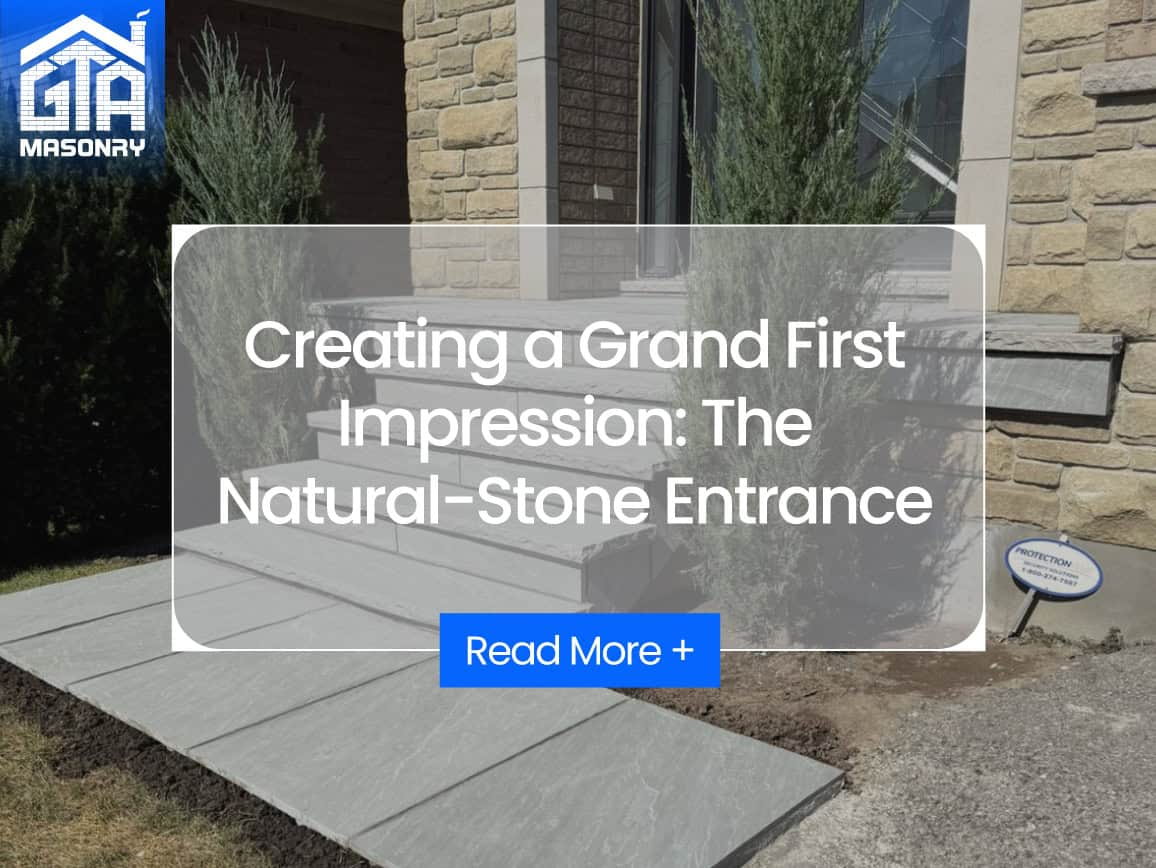Masonry Sand vs. Construction Sand: What’s the Real Difference?

Not all sand is created equal—use the wrong type, and your carefully planned project could go from masterpiece to mess in no time. Two common types, masonry sand and construction sand, often get lumped together, but each has distinct properties perfect for specific tasks. Here’s what you really need to know.
First, What Exactly is Masonry Sand?
Masonry sand, or mason sand, is finely-textured, soft, and surprisingly versatile. Sourced naturally from rivers, beaches, or quarries, it’s rigorously washed and screened until the grains are uniform and fine—think silky smooth. This texture makes masonry sand your best bet for anything needing precision or a polished finish.
From bricklaying mortar and stone masonry to plaster and stucco, masonry sand ensures clean lines and a tidy appearance. It’s also popular for playgrounds, sandboxes, volleyball courts, or even artificial beaches. Its fine grains pack tightly, reducing erosion and keeping things neat and stable—no surprise kids prefer mason sand in their playground (and your knees probably do, too).
Typical particle size? Between 0.075 and 2 millimeters, delivering that smooth, easy-to-handle consistency.
Quick tip: If you’re aiming for elegance or detailed finish, masonry sand is your go-to.
And Construction Sand—What’s That?
Construction sand, also known as concrete or sharp sand, is tougher, coarser, and gritty by design. Produced from crushed rock such as granite, limestone, or gneiss, it’s screened and crushed to a rougher texture. Grain sizes usually range from 0.5 to 4.75 millimeters.
Think of construction sand as your project’s heavy lifter. It excels in concrete mixes, foundation bases, roads, patios, and pool areas—anywhere stability and strength trump appearance. Its angular, coarser grains interlock tightly, making it ideal for structural applications. It’s also great for drainage, letting water flow freely rather than pooling and causing trouble.
Quick tip: Strength and drainage needed? Grab construction sand.
The Big Differences Simplified:
Where to Use Them
- Masonry Sand: Best for fine masonry, mortar, plaster, decorative concrete, and recreational surfaces.
- Construction Sand: Ideal for concrete production, foundational work, roads, and drainage.
Performance and Project Fit
- Masonry Sand: Provides precise workability and a smooth finish, perfect for aesthetic appeal.
- Construction Sand: Brings durability, strength, and superior drainage—exactly what you need for tough structural tasks.
Particle Texture Matters
- Masonry Sand: Smooth and consistent—almost silky.
- Construction Sand: Rough, gritty, and varied for optimal interlocking and stability.
What About Other Sand Types?
Beyond these two, you’ve got several other players:
Fill Sand: A cost-effective, less-refined mix perfect for filling trenches, leveling ground, or bulk landscaping jobs.
Manufactured Sand (M-Sand): Environmentally friendly, finely ground artificial sand made from crushed rocks. It’s consistent, clean, and sustainable, making it popular for masonry, plaster, and concrete.
River Sand: Smooth grains shaped naturally by water, ideal for concrete and plaster projects, but it does raise environmental concerns due to extraction impacts.
Bottom Line?
Picking the right sand type matters more than you might think. If you’re aiming for aesthetics, fine detail, or precision, masonry sand is your buddy. For strength, stability, and heavy-duty construction, construction sand is your reliable workhorse.
Keep these distinctions clear, and your project stands a far better chance of success—saving you headaches and ensuring durability from the foundation up.
Get your Masonry Project completed with GTA Masonry for dreamy results you wont be able to stop admiring.







Hours of Operation
Monday - Sunday
8:00 AM - 8:00 PM

